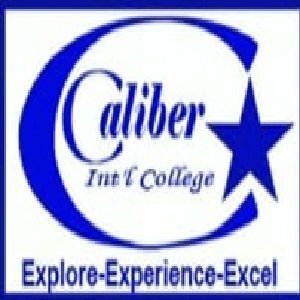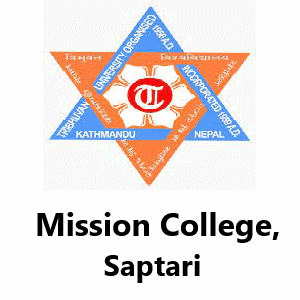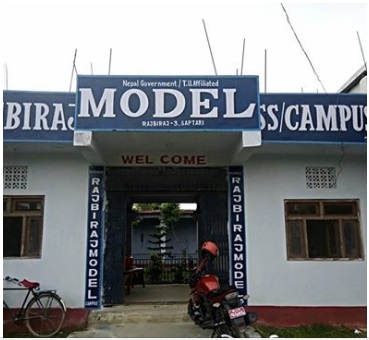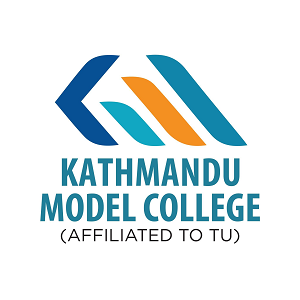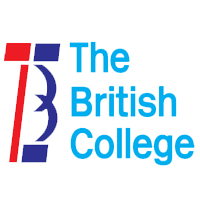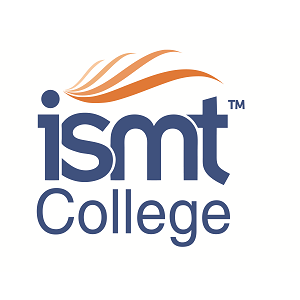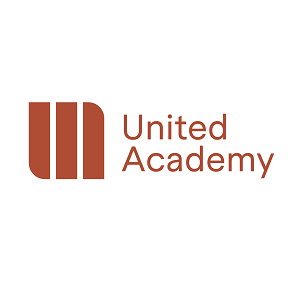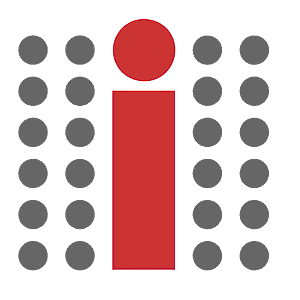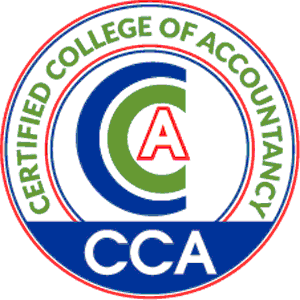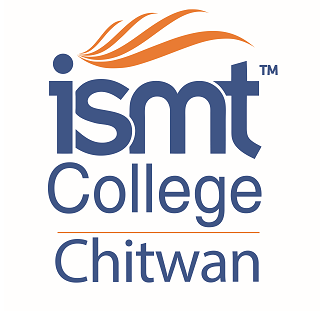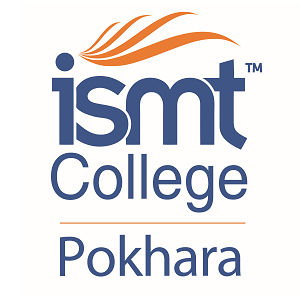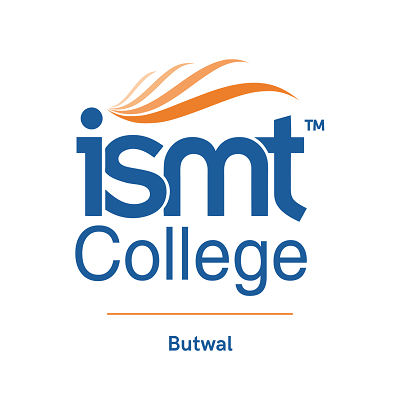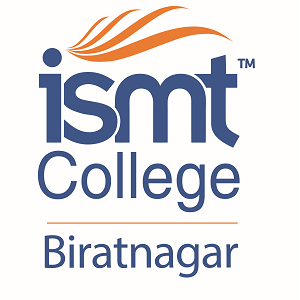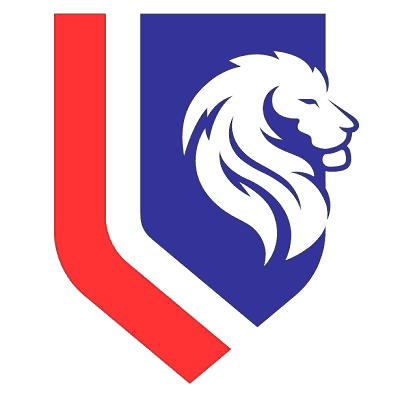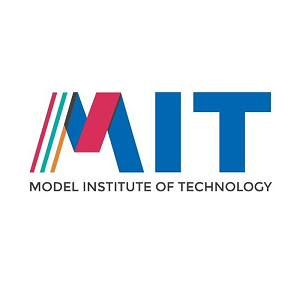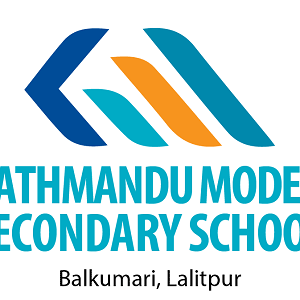Overview
Ten Plus Two (+2) in Science at World Vision Modern Campus, Rajbiraj
The Ten Plus Two (+2) in Science under the National Examinations Board (NEB) at World Vision Modern Campus (WOVMS), Rajbiraj, is a two-year higher secondary program for students aiming at health sciences, engineering, agriculture, or computing.
The stream follows NEB policies for curriculum, evaluation, attendance, internal assessment, and final board examinations. Students study within a structured timetable with laboratory practicals, class tests, and NEB-aligned model exams that help them prepare for national assessments.
Program Aim and Student Fit
This stream suits learners who enjoy problem solving, experiments, and quantitative work. It builds a strong base for bachelor-level study in MBBS, BSc Nursing, Pharmacy, BSc CSIT, Engineering, Agriculture, and other science pathways.
The campus links classroom work with practice so students develop steady habits in reading, calculation, record keeping, and lab reporting.
Curriculum Structure and Subjects
The curriculum aligns with NEB’s framework for Grade 11 and 12. Core areas include Physics, Chemistry, Biology and/or Mathematics, English, and Nepali/alternate language as prescribed for the session.
Practical components run in Physics, Chemistry, Biology, and Computer (where offered), with required lab hours and viva voce.
Students maintain lab notebooks, complete unit tests, and sit terminal examinations in line with campus policy and NEB directives.
Typical focus areas:
-
Mechanics, electricity, and modern physics concepts
-
Atomic structure, chemical bonding, organic reactions, and physical chemistry
-
Cell biology, genetics, ecology, and human physiology
-
Algebra, trigonometry, calculus basics, statistics, and probability (for Mathematics group)
-
ICT fundamentals if the campus section includes Computer as an additional subject
Teaching and Assessment
Teaching blends lecture, lab practicals, problem sets, and short projects. Internal assessments carry weight through unit tests, terminal exams, practical records, and attendance.
Final certification depends on NEB board examinations at the end of Grade 12 with practical marks forwarded according to rules.
Learning Support and Facilities
Students access laboratories for Physics, Chemistry, and Biology, a library with reference texts and question banks, and a computer lab for digital literacy needs. Faculty provide guidance classes before terminals and boards.
Counseling supports study planning, stress management, and subject selection.
Progression and Outcomes
Graduates use their Science score sheets to apply for entrance tests in medical, engineering, IT, agriculture, forestry, and allied sciences. Many also apply for scholarships or quotas where eligible.
The program builds readiness for bachelor-level coursework that demands steady calculations, clear writing, and accurate lab technique.


